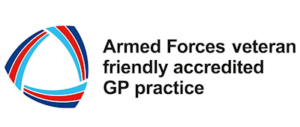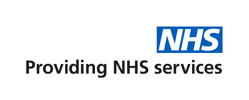Laws under the Equality Act 2010 give the NHS opportunities to work towards eliminating discrimination and reducing inequalities in care. Most of the provisions came into force on October 1 2010, with other parts to be phased in by 2013.Since October 1 2012, it is unlawful for NHS and social care service providers and professionals to discriminate, victimise, or harass a person because of their age.
The NHS already has clear values and principles about equality and fairness, as set out in the NHS Constitution, and the laws under the Equality Act 2010 reinforce many of these.
What does this mean for you?
Most of us need to visit a doctor time to time. Whenever you need healthcare, medical treatment or social care, you have the right to be treated fairly and not to be discriminated against, regardless of your ‘protected characteristics’ (you can see a list of protected characteristics below). Laws under the Equality Act set out that every patient should be treated as an individual and with respect and dignity.
The laws mean that all NHS organisations will be required to make sure health and social care services are fair and meet the needs of everyone, whatever their background or circumstances.
Who is Protected?
The Equality Act 2010 offers protection to nine characteristics. These are:
- age
- race
- sex
- gender reassignment status
- disability
- religion or belief
- sexual orientation
- marriage and civil partnership status
- pregnancy and maternity
For the first time the law also protects people who are at risk of discrimination by association or perception. This could include, for example, a carer who looks after a disabled person.
Which services are covered?
Health and social care services covered by the laws under the Equality Act 2010 include:
- all NHS providers (e.g. hospitals)
- all NHS commissioners (e.g. GP practices)
- those supporting elderly and disabled people in their homes
- care in day centres, and residential or nursing homes
- those caring for children who cannot live with their parents
It doesn’t matter whether the service is provided by a public authority or an independent provider.
You also have rights under the European Convention on Human Rights (included in the Human Rights Act 1998 in the UK), which are relevant to health and social care. These rights include:
- the right to life
- the right not to be subjected to torture, inhuman or degrading treatment or punishment
- the right to liberty
- the right to respect for private and family life
Discrimination can be direct or indirect
Direct discrimination is when one person receives less favourable treatment than another person because of a protected characteristic. For example, if a clinic refuses to offer fertility services to a lesbian couple because they are not heterosexual, this constitutes direct discrimination on grounds of sexual orientation.
Indirect discrimination is when there is a condition, rule, policy or practice that applies to everyone, but which particularly disadvantages people who share a protected characteristic. For example, a social care provider that runs a day centre decides to apply a ‘no hats or other headgear’ rule to its service users. If this rule is applied to every service user, then Sikhs, Jews, Muslims and Rastafarians, who may cover their heads as part of their religion, will not be allowed to use the drop-in centre. Unless the social care provider can objectively justify using the rule, this is indirect discrimination.
The Equality and Human Rights Commission has developed guidance for users of health and social care.
Follow the links below to find out more about health issues relevant to these groups:
- black health
- south Asian health
- gay and lesbian health
- transgender health
- living with a disability
- children with a learning disability
- pregnancy and baby guide
- carers
- men’s health 60-plus
- women’s health 60-plus


